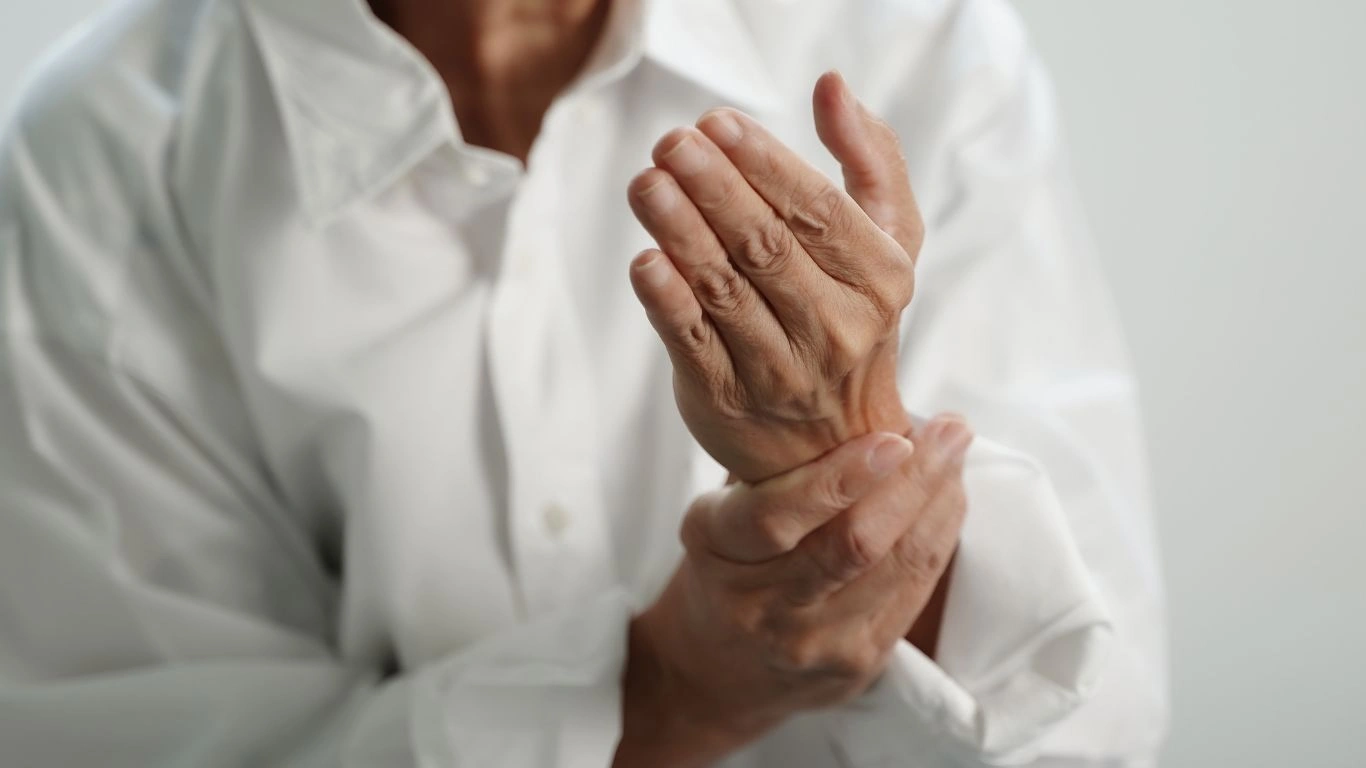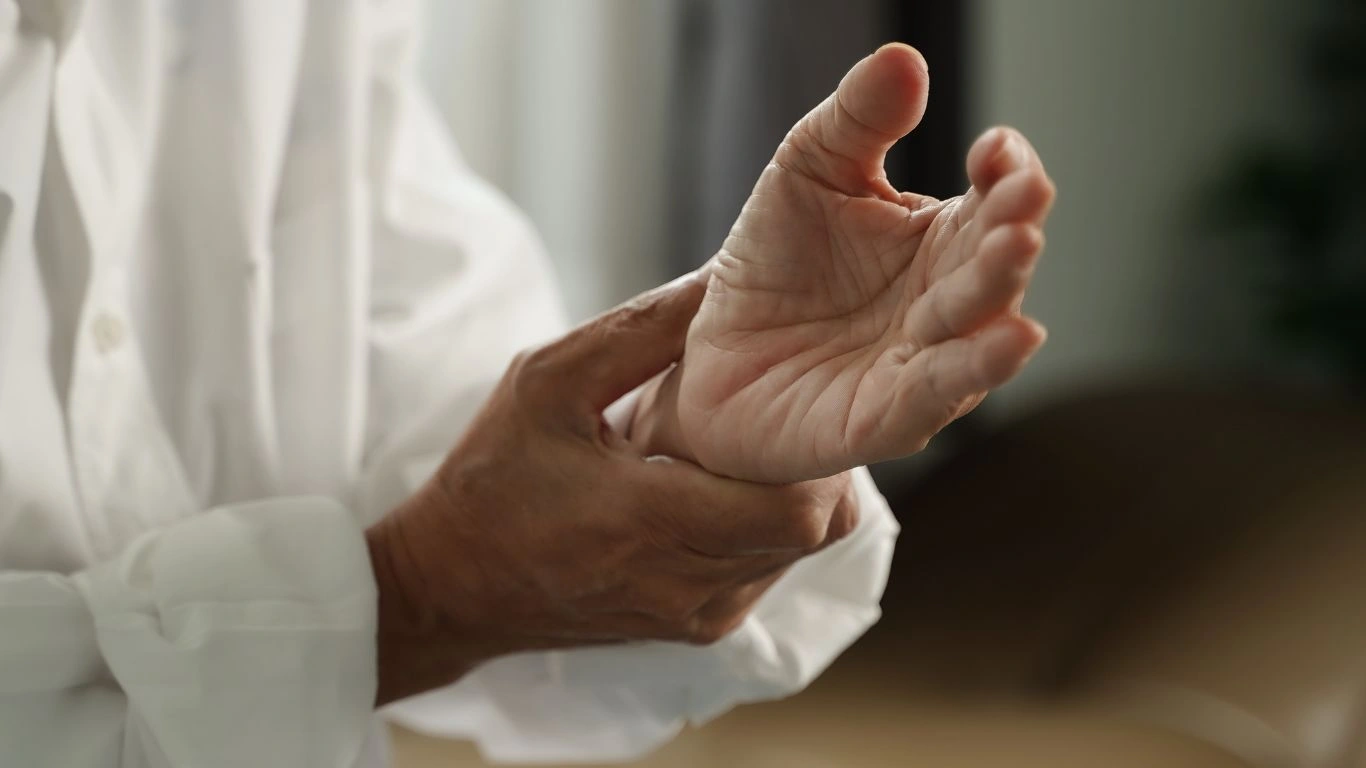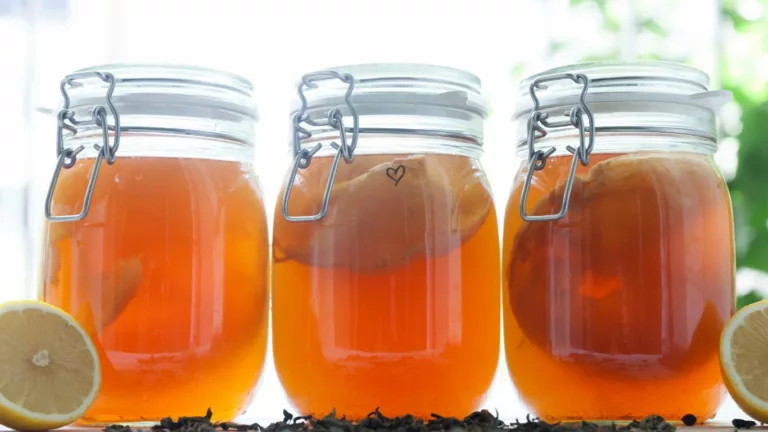7 Powerful Ways to Manage Joint Swelling in Rheumatoid Arthritis
Living with rheumatoid arthritis (RA) is like being in a never-ending battle with your own body. One of the biggest struggles? Joint swelling. If you’ve ever woken up feeling like your hands or knees have turned into inflamed balloons, you know exactly what I mean. Figuring out how to manage joint swelling in rheumatoid arthritis isn’t just about comfort—it’s about keeping your joints as healthy and functional as possible. So, let’s dive into what causes this relentless swelling and, more importantly, how to get it under control.
Understanding Joint Swelling in Rheumatoid Arthritis
First things first—why does RA cause so much swelling? It all boils down to your immune system going rogue. Instead of protecting you, it attacks the lining of your joints (synovium), causing inflammation, fluid buildup, and that all-too-familiar stiffness. Left unchecked, this can lead to long-term joint damage. But don’t worry—we’re not letting that happen on our watch.
The Role of Inflammation in Swelling
Inflammation is your body’s natural response to injury, but in RA, it’s like a fire alarm that won’t shut off. The more inflammation, the more swelling. This not only makes movement difficult but also puts pressure on nerves, making pain worse. The trick is to calm the inflammation before it gets out of hand.
Smart Strategies to Reduce Joint Swelling

Managing swelling isn’t just about taking medication. A combination of lifestyle changes, home remedies, and smart movement can make a huge difference. Here’s what has worked for me and countless others:
1. Ice and Heat Therapy
When my joints feel like they’re on fire, I grab an ice pack. Cold therapy reduces inflammation and numbs pain. On the flip side, heat therapy (like a warm compress or heating pad) helps relax stiff joints. The key? Alternating between the two—20 minutes of cold, followed by 20 minutes of heat.
2. Anti-Inflammatory Foods
What you eat plays a massive role in inflammation. I always make sure to load up on:
- Fatty fish (like salmon) for omega-3s
- Turmeric for its curcumin content
- Berries packed with antioxidants
- Leafy greens for essential nutrients
On the flip side, I avoid processed foods, sugar, and too much red meat, as they tend to worsen inflammation.
3. Low-Impact Exercise
Exercise might sound like the last thing you want to do when your joints are swollen, but trust me—it helps. The trick is choosing the right kind of movement. My go-to options include:
- Swimming – No pressure on the joints, just fluid motion.
- Gentle yoga – Helps with flexibility without straining.
- Walking – A simple way to keep joints moving.
Remember, the goal is to keep moving without overdoing it. Listen to your body!
Medications That Can Help

Of course, lifestyle changes alone may not be enough. Medication plays a crucial role in controlling RA swelling. Common options include:
NSAIDs and Steroids
Nonsteroidal anti-inflammatory drugs (NSAIDs) like ibuprofen help with swelling, while corticosteroids can provide quick relief. However, long-term use of steroids has side effects, so it’s important to work with your doctor to find the right balance.
DMARDs and Biologics
These disease-modifying drugs target the root cause of RA inflammation rather than just masking symptoms. Biologics, in particular, have been game-changers for many people (myself included!). They help slow the disease progression and keep swelling under control.
Managing joint swelling in RA takes a multi-faceted approach, but the good news is—relief is possible. Stick around, because next, we’ll dive into even more ways to keep your joints happy and healthy.
Now that we’ve tackled some of the basics of managing joint swelling in rheumatoid arthritis, let’s take things a step further. You’ve got the ice packs ready, the anti-inflammatory foods stocked in your kitchen, and maybe even a new yoga routine in mind. But what else can we do to keep swelling at bay and protect our joints for the long haul? Let’s dive into even more effective strategies—some of which might surprise you!
Daily Habits That Can Reduce RA Swelling

Managing RA isn’t just about the big things like medication or diet—it’s also about the little daily habits that add up over time. I’ve personally found that making small adjustments to my routine has helped me keep inflammation in check. Here are some simple but powerful habits to consider:
1. Stay Hydrated
It sounds almost too simple, but drinking enough water can make a real difference. Dehydration can worsen inflammation and make joints feel even stiffer. I always keep a water bottle nearby and sip throughout the day—herbal teas and infused water (with lemon or ginger) are great options too!
2. Maintain a Healthy Sleep Routine
RA and sleep don’t always get along, but good sleep is crucial for reducing inflammation. I’ve had my fair share of restless nights, but a few things have helped:
- Keeping a consistent sleep schedule
- Using a supportive mattress and pillows
- Taking a warm bath before bed to relax my joints
Even small tweaks to your nighttime routine can help you wake up feeling less stiff and swollen.
3. Manage Stress Levels
Here’s something a lot of people don’t realize: stress can trigger RA flares. When I’m feeling overwhelmed, my joints seem to take the hit first. That’s why I make stress management a priority. My go-to stress relievers include:
- Deep breathing exercises – A few minutes of slow, deep breaths can work wonders.
- Meditation or mindfulness – I use apps like Calm or Headspace to unwind.
- Spending time in nature – A short walk outside helps clear my mind and ease tension.
Finding what relaxes you is key—whether it’s listening to music, journaling, or just having a good laugh.
Supportive Tools and Therapies for Swelling

One of the best things I ever did for my joints was invest in a few simple tools that make daily life easier. If you’re dealing with persistent swelling, these might be game-changers for you too.
1. Compression Gloves and Sleeves
Compression gloves and sleeves provide gentle pressure to help reduce swelling and improve circulation. I wear them when I’m typing, cooking, or even sleeping, and they’ve made a noticeable difference.
2. Assistive Devices
When my hands are swollen, even basic tasks like opening jars or buttoning a shirt feel impossible. That’s where assistive devices come in handy! Some of my favorites include:
- Jar openers – No more struggling with tight lids.
- Ergonomic kitchen tools – Utensils with wide, soft grips are much easier to hold.
- Long-handled reachers – Perfect for grabbing things without straining.
These little tools take the pressure off my joints and help me stay independent.
3. Physical and Occupational Therapy
Seeing a physical therapist has been one of the best decisions I’ve made for my RA. They’ve helped me learn exercises that strengthen my joints without causing more inflammation. Occupational therapists can also teach you better ways to do everyday tasks to minimize strain.
Alternative Therapies Worth Trying
While traditional medicine plays a crucial role in RA management, some alternative therapies can complement your treatment plan. I was skeptical at first, but after trying a few, I’m a believer!
1. Acupuncture
Acupuncture might not be the first thing you think of for RA, but some studies suggest it can help reduce pain and inflammation. I gave it a shot, and while it didn’t cure my RA (obviously), it did help with stiffness and relaxation.
2. Herbal Supplements
Some people swear by natural supplements for inflammation. A few that have worked for me include:
- Turmeric – Curcumin has strong anti-inflammatory properties.
- Ginger – Great for both inflammation and digestion.
- Boswellia – Also known as Indian frankincense, this herb has been used for centuries to reduce joint pain.
Always check with your doctor before adding new supplements to your routine!
3. Massage Therapy
A gentle massage can do wonders for swollen joints. I try to book a professional massage when I can, but even a simple self-massage with essential oils (like lavender or peppermint) can help ease tension.
By combining traditional treatments with these daily habits, supportive tools, and alternative therapies, managing joint swelling in RA becomes a little more doable. The key is finding what works best for your body. Stick with me—we’re not done yet! There are still more ways to protect our joints and keep inflammation in check.
We’ve covered a lot so far—everything from daily habits and supportive tools to alternative therapies that can help manage joint swelling in rheumatoid arthritis. Now, let’s bring it all together with some real-life examples, key takeaways, and extra resources to help you along the way.
Case Studies & Real-Life Examples

Sometimes, the best way to understand what works is to hear from people who’ve been through it. I’ve worked with many individuals battling RA, and their stories highlight how different approaches can make a huge impact.
Case Study 1: Sarah’s Anti-Inflammatory Diet Success
Sarah, a 52-year-old woman diagnosed with RA five years ago, struggled with constant swelling in her hands. After switching to an anti-inflammatory diet—rich in omega-3s, leafy greens, and turmeric—she noticed a significant reduction in swelling within three months. She also started drinking ginger tea daily, which helped with morning stiffness.
Case Study 2: Mark’s Experience with Physical Therapy
Mark, a 38-year-old father of two, found that simple household tasks became painful due to RA-related swelling. A physical therapist helped him develop low-impact strength exercises, and within six months, he regained mobility without triggering flare-ups. He also started using compression gloves at night, which made a noticeable difference.
Case Study 3: Lisa’s Stress Management Journey
Lisa, a retired teacher, discovered that stress was one of her biggest RA triggers. She implemented daily meditation and deep breathing exercises, which reduced her flare-ups. Additionally, she began acupuncture sessions, reporting a decrease in joint swelling after a few months.
Key Takeaways: What You Need to Remember
We’ve covered a lot, so here are the key points to keep in mind when managing joint swelling in RA:
- Prioritize hydration: Drinking enough water helps keep inflammation in check.
- Eat an anti-inflammatory diet: Focus on omega-3-rich foods, fruits, and vegetables.
- Stay active, but don’t overdo it: Low-impact exercises like swimming and yoga are great for your joints.
- Use assistive tools: Compression gloves, ergonomic kitchen tools, and jar openers can make daily life easier.
- Manage stress: Meditation, breathing exercises, and mindfulness techniques help prevent RA flare-ups.
- Consider alternative therapies: Acupuncture, massage, and herbal supplements can provide additional relief.
FAQs
Here are some of the most common questions I get about managing joint swelling in RA.
1. What’s the fastest way to reduce joint swelling?
Applying a cold compress, elevating the joint, and resting can quickly bring down swelling. Drinking plenty of water and avoiding inflammatory foods (like processed sugar and fried foods) also helps.
2. Can exercise make swelling worse?
If you overdo it, yes. But gentle movement—like stretching, yoga, or water therapy—can actually reduce stiffness and swelling over time.
3. Are there any supplements that help with swelling?
Yes! Many people find relief with turmeric (curcumin), fish oil, ginger, and Boswellia. Always check with your doctor before starting new supplements.
4. How do I know if my swelling is from RA or something else?
RA-related swelling is usually symmetrical (affecting both hands, knees, etc.) and accompanied by stiffness, especially in the morning. If you’re unsure, consult your rheumatologist.
5. What’s the best type of doctor to see for RA management?
A rheumatologist specializes in RA and can provide the best treatment options tailored to your needs.
Bonus: Additional Resources or DIY Tips
If you want to dig deeper into RA management, here are some helpful resources:
- Arthritis Foundation – A great resource for RA education and support.
- Rheumatoid Arthritis.net – Community-driven stories and expert advice.
- National Center for Complementary and Integrative Health – Alternative therapy insights.
DIY Anti-Inflammatory Tea Recipe
Try this simple tea to help reduce joint inflammation:
- 1 cup hot water
- 1 tsp turmeric powder
- ½ tsp grated ginger
- 1 tsp honey (optional)
- A squeeze of lemon juice
Mix the ingredients and enjoy daily for a natural anti-inflammatory boost!
Appendix: Table, References, Disclaimer, and Call to Action
Table: Quick Comparison of RA Swelling Remedies
| Method | Effectiveness | Ease of Use |
|---|---|---|
| Cold compress | High | Easy |
| Compression gloves | Moderate | Easy |
| Anti-inflammatory diet | High | Moderate |
| Massage therapy | Moderate | Requires appointment |
References
Disclaimer
The information in this article is for educational purposes only and should not replace professional medical advice. Always consult your doctor before making changes to your RA management plan.
Final Thoughts
Managing joint swelling in RA is a journey, but with the right tools, habits, and support, it is possible to improve your quality of life. If you found this article helpful, share it with someone who might benefit, and let’s keep the conversation going!

Tarra Nugroho is a dedicated Nurse Practitioner with a strong foundation in family and preventive care. She brings both compassion and clinical expertise to her practice, focusing on patient-centered care and health education. As a contributor to Healthusias.com, Tarra translates medical knowledge into clear, empowering articles on topics like women’s health, chronic disease management, and lifestyle medicine. Her mission is simple: help people feel seen, heard, and informed—both in the clinic and through the content she creates. When she’s not caring for patients, Tarra enjoys weekend hikes, plant-based cooking, and curling up with a good health podcast.






